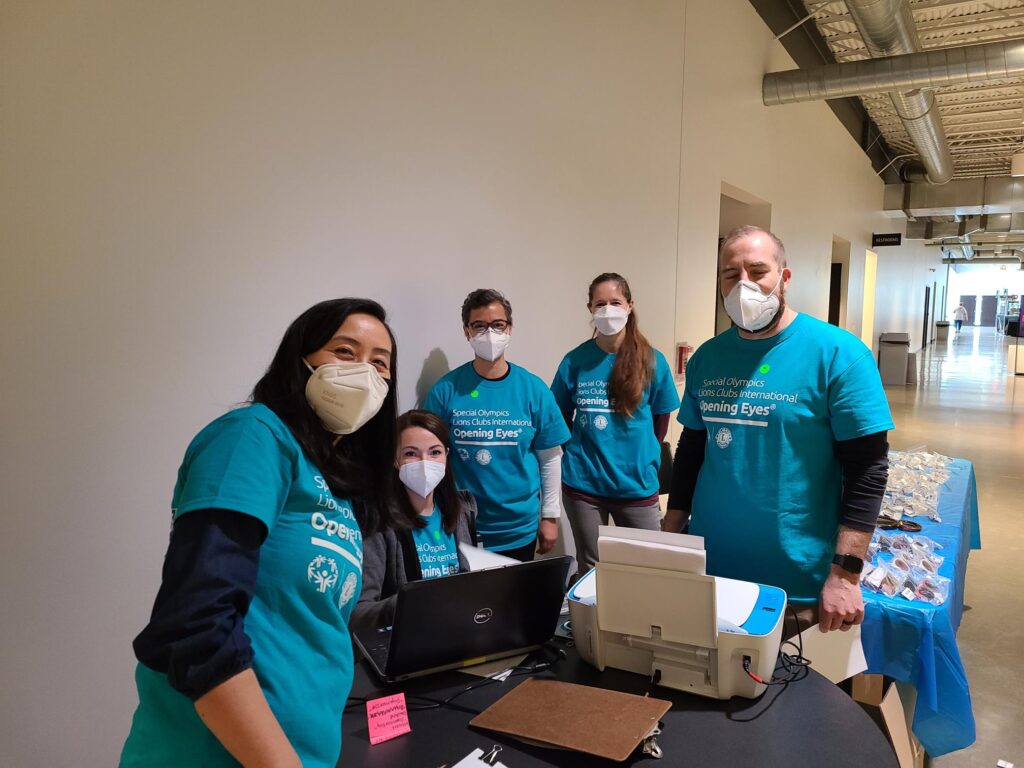Amblyopia is decreased visual acuity and visual function in one or both eyes that is not associated with any ocular health problems or diseases and is not correctable with lenses alone. A lazy eye can result from an eye turn (strabismus) of one or both eyes, occlusion of an eye for long periods of time, or a significant uncorrected refractive error (astigmatism, nearsightedness, and farsightedness) in one or both eyes. The visual information from the lazy eye is inaccurate or confusing to the brain so the brain ignores, or suppresses, this visual information. Over time, the visual acuity, tracking skills, depth perception, focusing skills, eye teaming skills and spatial awareness become very poor in the lazy eye.
Symptoms can include:
- Blurred and double vision
- Excessive eye rubbing
- Headaches
- Clumsiness
- Poor depth perception and awareness
- Poor sports performance.
Sometimes there may be no symptoms reported by patients, which makes it more difficult to know there is a problem. For this reason, it is recommended that children receive annual eye exams, even if there is no visual concern.
The treatment for amblyopia includes a structured vision therapy program consisting of prescription lenses, patching, prisms and therapy activities designed to strengthen the visual skills of the lazy eye, and to incorporate integration of the eyes working together as a team.





